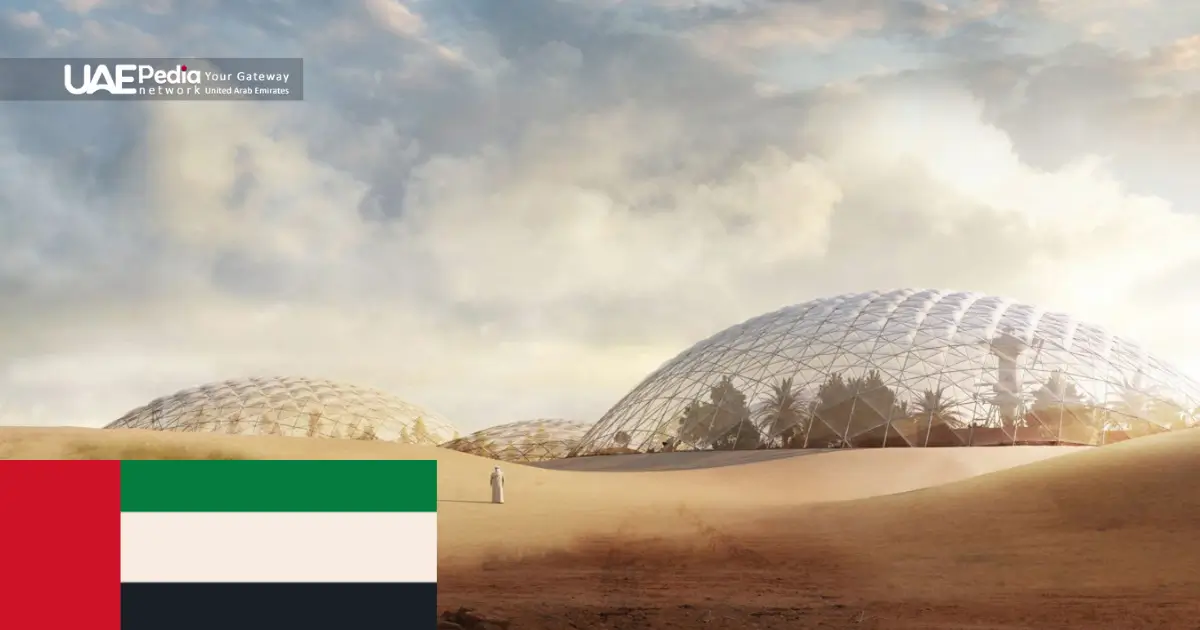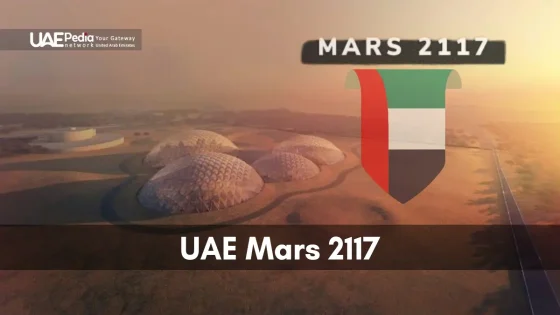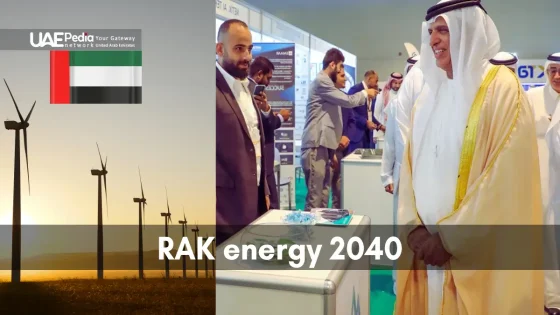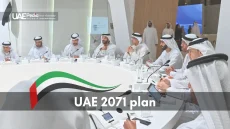Space exploration has always fascinated us. The United Arab Emirates is now aiming for Mars. They want to make a new home on the Red Planet. Can a young nation like the UAE succeed? They’ve already made big steps in space. Since 2006, they’ve launched satellites and sent an astronaut to space.
In 2020, they even sent the Hope probe to Mars. Their Mars 2117 project is a big dream. It’s not just a dream, but a plan with real money and effort.
UAE Space Sector Development and Vision

The UAE space sector has grown a lot. It’s now worth over US$400 billion worldwide. This growth comes from a long history of space dreams and big investments.
The nation’s space setup has grown a lot. Now, 57 space-related groups offer 3,100 jobs.
Historical Foundation of UAE’s Space Ambitions
The UAE’s space journey started in the mid-1970s. Sheikh Zayed Bin Sultan Al Nahyan met with the Apollo team. This meeting sparked a national interest in space.
Current Space Infrastructure and Investments
The UAE has spent over AED 22 billion on space. The country has 10 satellites in space. Eight more are being made.
KhalifaSat, launched in 2018, was a big achievement. It was the first satellite made by Emirati engineers.
Mohammed bin Rashid Space Centre’s Role
The Mohammed bin Rashid Space Centre is key to the UAE’s space growth. It was set up in 2015. It handles satellite development and big projects like the Emirates Mars Mission.
The center has also made international partnerships. It has signed over 30 deals with major space groups worldwide.
| Achievement | Year |
|---|---|
| First Emirati-manufactured satellite (KhalifaSat) launched | 2018 |
| Hope Probe entered Mars orbit | 2021 |
| Planned launch of MBZ-SAT satellite | 2023 |
The UAE space sector is getting bigger. Plans include going to the moon and Mars by 2117. This shows the UAE’s aim to lead in space exploration and tech.
UAE Mars 2117: Pioneering Human Settlement on the Red Planet
The UAE wants to make a human home on Mars by 2117. This big dream is hard because Mars is very tough.
Mars Science City Project in Dubai
The Mars Science City is a big part of this dream. It’s a AED 500 million project in Dubai. It’s a place for space research and learning about Mars.
Metaverse Simulation for Mars Settlement
MBRSC and Bedu are working on a Mars simulation in the metaverse. This virtual world lets people explore Mars and learn about science.
International Partnerships and Collaborations
The UAE is teaming up with other countries for space research. These partnerships help solve problems and make living on Mars possible.
Research and Development Initiatives
Scientists are studying how to live on Mars:
- Low gravity (38% of Earth’s)
- Thin atmosphere (95% carbon dioxide)
- Extreme temperatures (-87 to -5 °C)
- Limited solar energy (43.3% of Earth’s)
- Frequent dust storms
| Factor | Mars | Earth |
|---|---|---|
| Surface Gravity | 38% of Earth’s | 100% |
| Atmosphere | 95% CO2, toxic to humans | 78% N2, 21% O2, breathable |
| Temperature Range | -87 to -5 °C | -89 to 57 °C |
| Solar Energy | 43.3% of Earth’s | 100% |
The UAE’s Mars 2117 project is pushing space technology forward. It’s also inspiring young scientists and explorers. The UAE is leading the way in exploring Mars.
Conclusion: Shaping the Future of Space Exploration
The UAE space program is leading the way in science. It’s working on a big plan to have people on Mars by 2117. This goal is as big as Dubai’s growth from a small trading place in 1950 to a big city today.
Scientists from NYU Abu Dhabi and the University of Patras made a big find. They found plastics, rubber, and synthetic fibers can protect against space radiation. This is a big step for safe Mars missions.
The UAE wants To do more than just go to Mars. It wants to be a big part of the global space world. By using new tech and working with others, the UAE is helping science grow. This shows the UAE’s goal to be a leader in many areas, not just space.



















